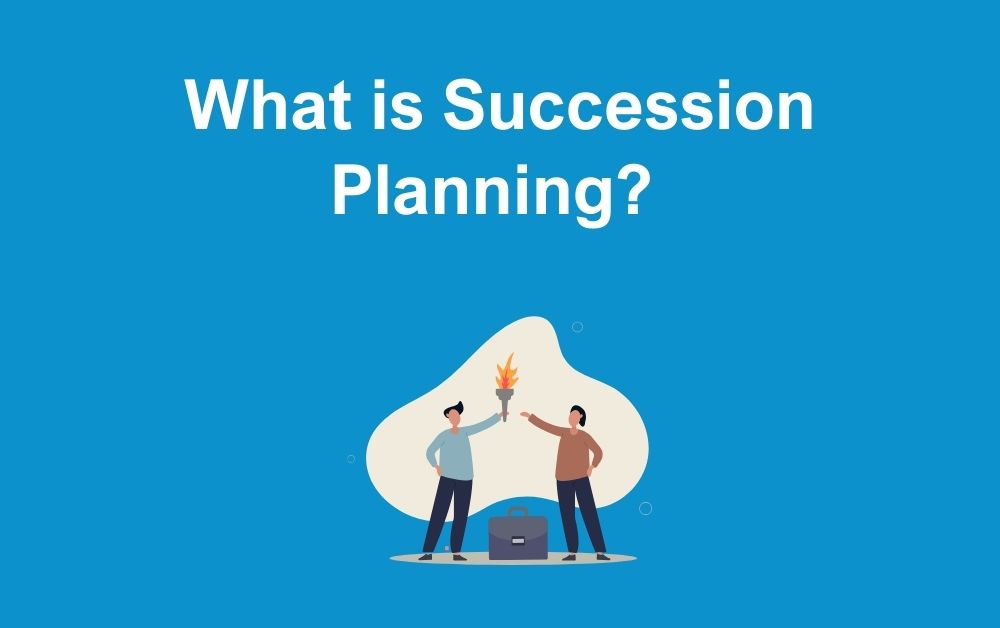A key topic on this subject was “Succession Planning”. So, what is succession planning? There are a number of definitions but ultimately it’s a process in the organisation on developing existing people for future roles should these become available.
How do you do identify suitable internal people?
You may have formal or informal performance management processes which allow you to manage performance but also look at long-term planning, for example establishing what people’s career aspirations are.
Another way to do this is to carry out an exercise mapping where all your people currently sit in relation to performance. We carried out this exercise during the Fife Chamber seminar and some of the feedback on this part of the workshop was excellent, adding real value to an organisation.
This is quite a powerful exercise in your business, and when I’ve carried this out with clients recently we’ve all realised how beneficial it is. To get the most out of this, you can either map your people out using a large piece of paper on your meeting room table or stick to a wall, taking the time to discuss each of your people individually. Involve your managers in this process and have some meaningful discussions around them – you’ll be amazed at the results!
What do you do once you have identified potential successors?
As the template shows you, you should have a development plan in place for them. I’ve worked with a lot of businesses who have been good at promoting people internally but they’ve not had the development to support the promotion before it happens. An example is someone promoted to a management role, they’ve probably been promoted because technically they’re good at the job, but what development have they had to lead, manage and coach a team? This is what should form the basis of their development plan.
The best way to do that is through shadowing, coaching, on the job training etc. Some external development is beneficial, however, I appreciate there’s not always a budget available for this but you could speak to Skills Development Scotland to see if they could support.
What’s the benefit in having succession plans?
We discussed this at the Fife Chamber seminar in the conclusion was that it’s vital to support business growth. The cost of recruitment is high, and getting the right people can prove tricky. By creating succession plans and real opportunities, you can help retain and develop the best talent in your organisation and your succession plans link with your business strategy. For example, you may be considering expanding and opening offices at a new location – do you have existing people who could move to these roles in 12 to 18 months? If so, put the development plans in place now and when you do expand, you have people in place who not only understand your business but have had exposure to their new role.
If you would like more information on succession planning, or to discuss other people related subjects, then please feel free to contact me







